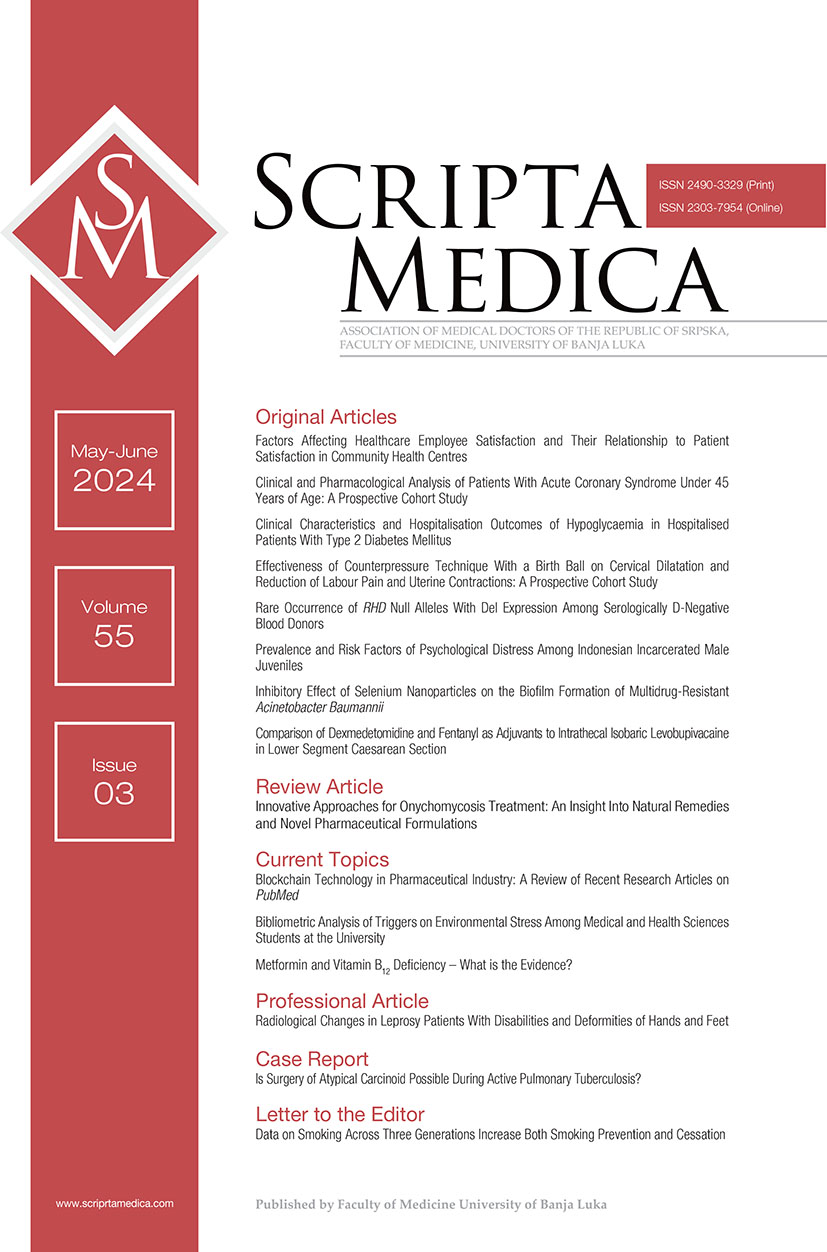Data on Smoking Across Three Generations Increase Both Smoking Prevention and Cessation
Abstract
There is an association between grandparent (G1), parent (G2) and child (G3) on smoking behavior. The transmission of smoking behavior from one generation to the next takes place not only through genetics, but also by environmental influences. When smokers and non-smokers realize what factors contributed to smoking, this knowledge increases motivation for both prevention and quitting.
References
Siegel RL, Miller KD, Fuchs HE, Jemal A. Cancer statistics 2021. CA Cancer J Clin. 2021;71(1):7-33. doi: 10.3322/caac.21654.
Vandewater EA, Park SE, Carey FR, Wilkinson AV. Intergenerational transfer of smoking across three generations and forty-five years. Nicotine Tob Res. 2014;16(1):11-7. doi: 10.1093/ntr/ntt112.
Stratton SJ. Population research: convenience sampling strategies. Prehosp Disaster Med. 2021;36(4):373-4. doi: 10.1017/S1049023X21000649.
Stojaković N, Jonjev Ž, Igić R. Smoking abstinence in patients scheduled for elective surgery. Scr Med. 2013;44:97-99. doi: 10.7251/SMD1302097S.
Domić A, Tomasović I, Bernaciak P, Voronov G, Igić R, Škrbić R. Role of physicians in eliminating risk of cancer caused by combustible tobacco smoke. Med Pregl. 2022;75:363-9. doi: 10.2298/MPNS2212363D.
- Authors retain copyright and grant the journal right of first publication with the work simultaneously licensed under a Creative Commons Attribution License that allows others to share the work with an acknowledgement of the work's authorship and initial publication in this journal.
- Authors are able to enter into separate, additional contractual arrangements for the non-exclusive distribution of the journal's published version of the work (e.g., post it to an institutional repository or publish it in a book), with an acknowledgement of its initial publication in this journal.
- Authors are permitted and encouraged to post their work online (e.g., in institutional repositories or on their website) prior to and during the submission process, as it can lead to productive exchanges, as well as earlier and greater citation of published work (See The Effect of Open Access).

